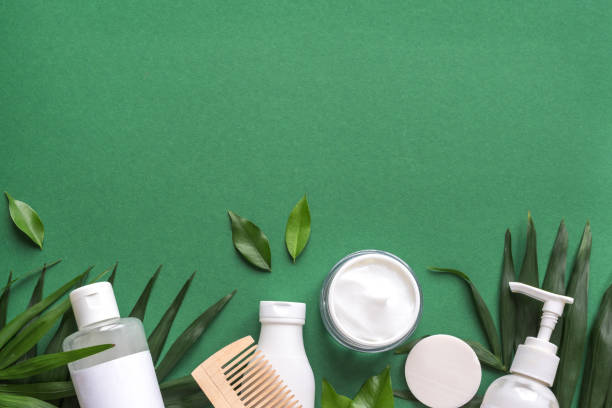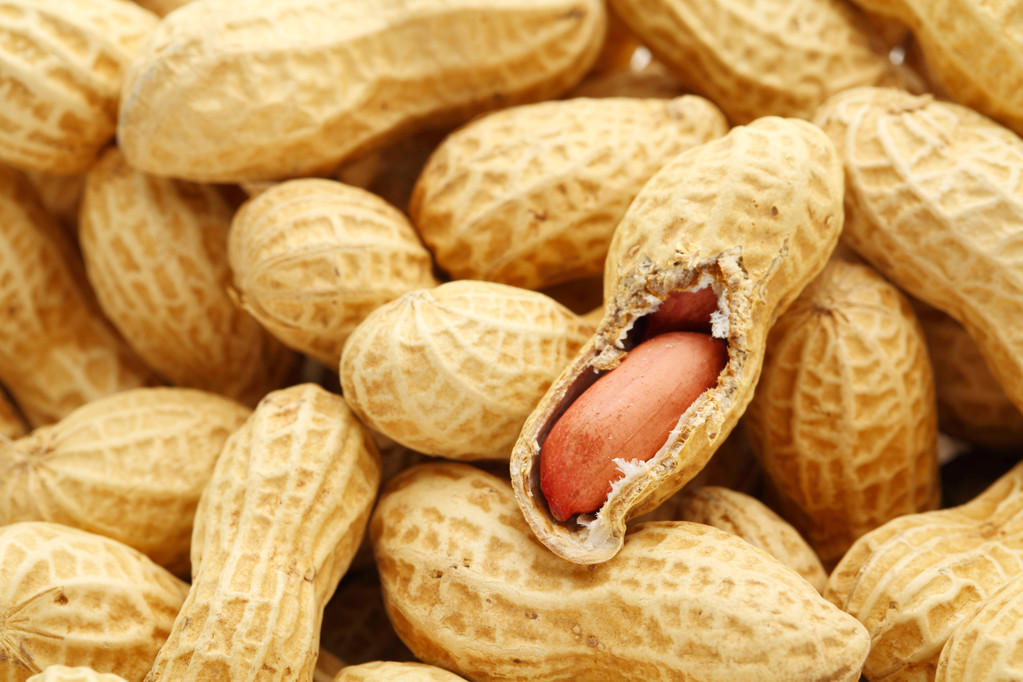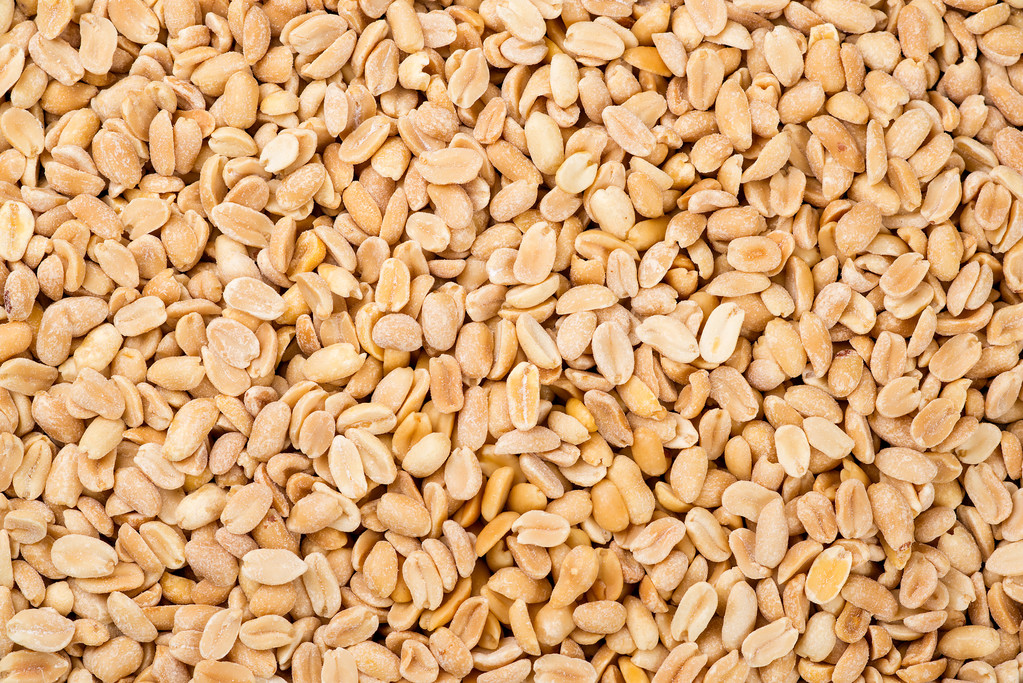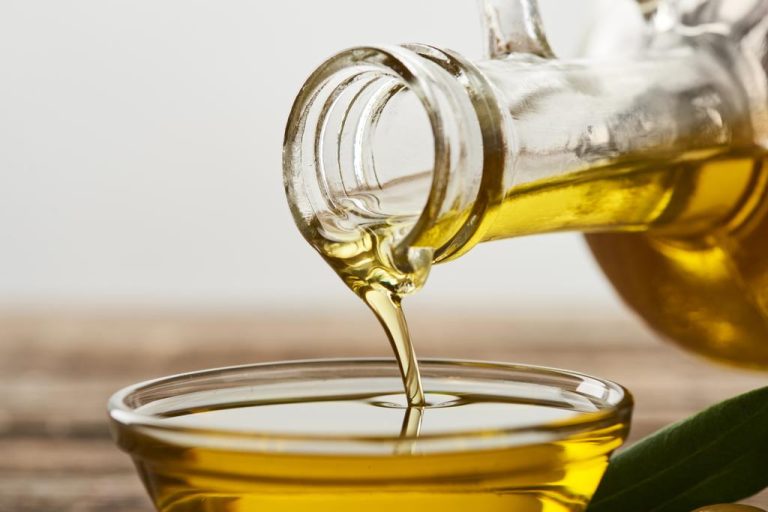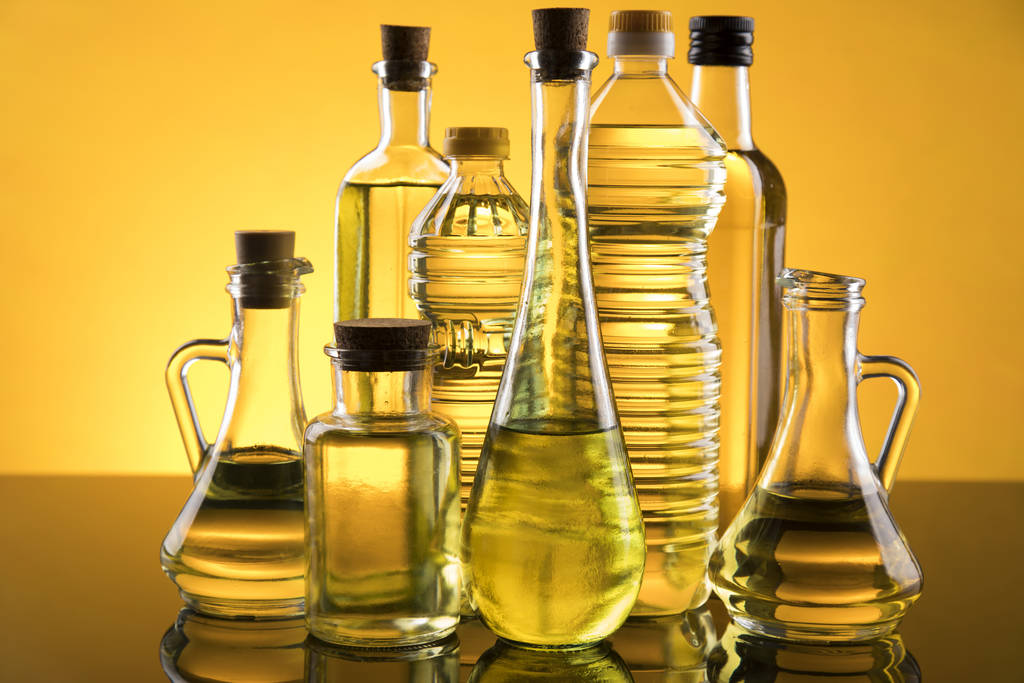Make your own natural cosmetics with just a few natural ingredients. We have collected simple recipes for homemade natural cosmetics. This is good for your body and saves you money.
Instead of buying expensive and supposedly natural cosmetics, you can make natural cosmetics yourself. So you know exactly what’s inside. As a result, you avoid harmful ingredients.
What are real natural cosmetics?
Genuine natural cosmetics contain no chemical substances. These include raw materials from the petroleum industry, such as silicones. Likewise, no artificial colors and fragrances are used. In contrast, real natural cosmetics consist of vegetable oils and fats, beeswax, or essential oils. But be careful!
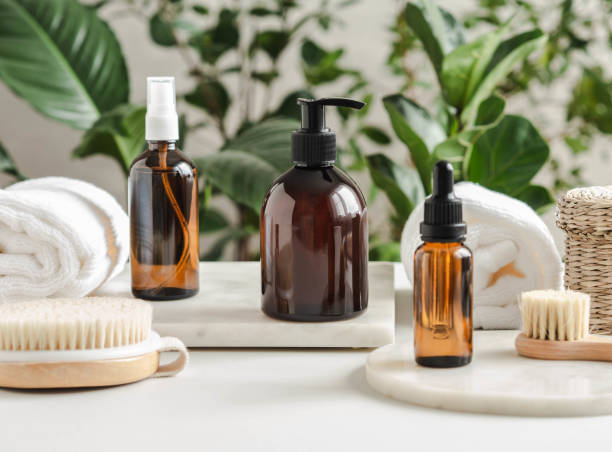
Since terms such as natural cosmetics, herbal cosmetics, or natural ingredients are not legally protected, they are often misleading. As a result, many product manufacturers are heavily greenwashing. In addition, there is no nature in it just because nature and plants are shown on the product. So you should always pay attention to the ingredients or buy products with a corresponding seal of approval.
Make your own recipes for natural cosmetics
There are numerous different recipes for making natural cosmetics yourself. You can choose the right one for you and tailor it to your needs. If you use homemade natural cosmetics, you are doing your skin good. This way you don’t expose them to the many harmful ingredients in the usual cosmetic products. We have collected some recipes for you below. Also, read how to make your own soap.
1) Purifying salt scrub with olive oil
The use of olive oil and the household remedy salt results in a natural peeling. You can use this for skin detoxification. It is also an effective home remedy for dry skin. To do this, mix 3 tablespoons of table salt with 3 tablespoons of olive oil and massage the dry areas with this natural peeling. Then leave it on for about 10 minutes. Then you have to wash everything thoroughly with water. The salt has a purifying effect and removes toxins from the skin. The salt also binds moisture and makes the skin soft. This stimulates the skin to produce a new protective layer from the body’s own fats. Also a good natural home remedy for rough elbows.
2) Avocado mask makes skin soft
You can easily make homemade natural cosmetics with the popular household avocado. This is a great product for soft and delicate skin. For this, you need the following ingredients: 1 ripe avocado, 1/2 tsp honey, and 1 tsp natural yogurt. Then puree the avocado well and add yogurt and honey. Then mix it well and put the creamy mass on your face or other dry skin. After a reaction time of 10 to 20 minutes, wash off thoroughly with lukewarm water. The dry and stressed skin is velvety soft and moisturized by the avocado. In addition, note our tips for smooth facial skin and other natural face mask recipes.
3) Almond cream as homemade natural cosmetics
With the use of healthy oils, you can easily make natural cosmetics yourself. For example with the following ingredients: 60 ml almond oil, 40 ml safflower oil, 40 ml distilled water, 10 g beeswax, and 15 g cocoa butter. First, fill all the oils and waxes in a waterproof container (e.g. jam jar) and heat it in a water bath to 60 degrees until the ingredients have melted into a mass. Then heat the distilled water and spoon it into the oil mass. Stir gently while doing so. You can vary the consistency with the amount of water. Then let the finished almond cream cool down for 30 minutes. The mild almond oil gently cares for your skin.
4) Homemade Lip Balm
You can also make your own lip balm. You only need a few ingredients for this, such as shea butter and coconut oil, they make your lips soft and help against dry, burning lips. Watch the video below for detailed instructions. Here you will also find more recipes for a body cream and soap. Also, note our face masks are made of healing earth.

Buy ingredients from the internet
You can often get the ingredients at health food stores. But good deals can also be found quickly on the Internet. You can also buy larger quantities here. This is particularly useful if you also want to produce other natural products. Accordingly, you can also make your own shower gel without plastic. Or use a homemade deodorant without aluminum in the future.


